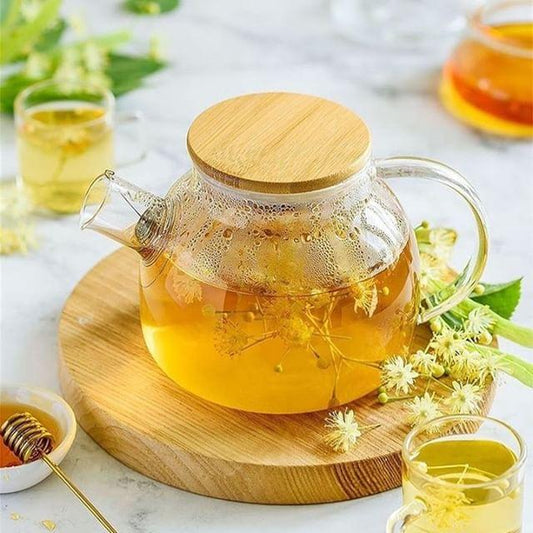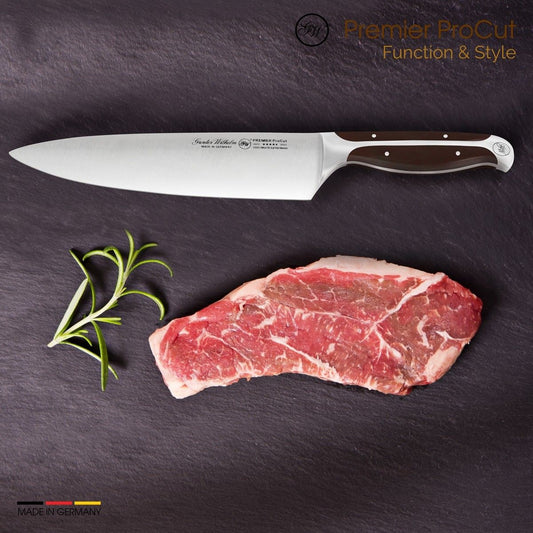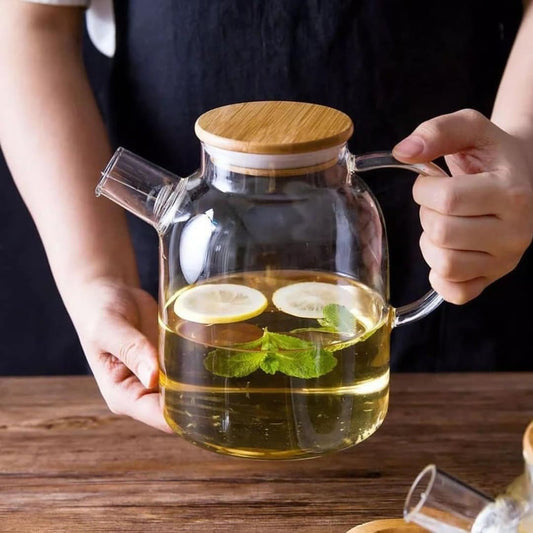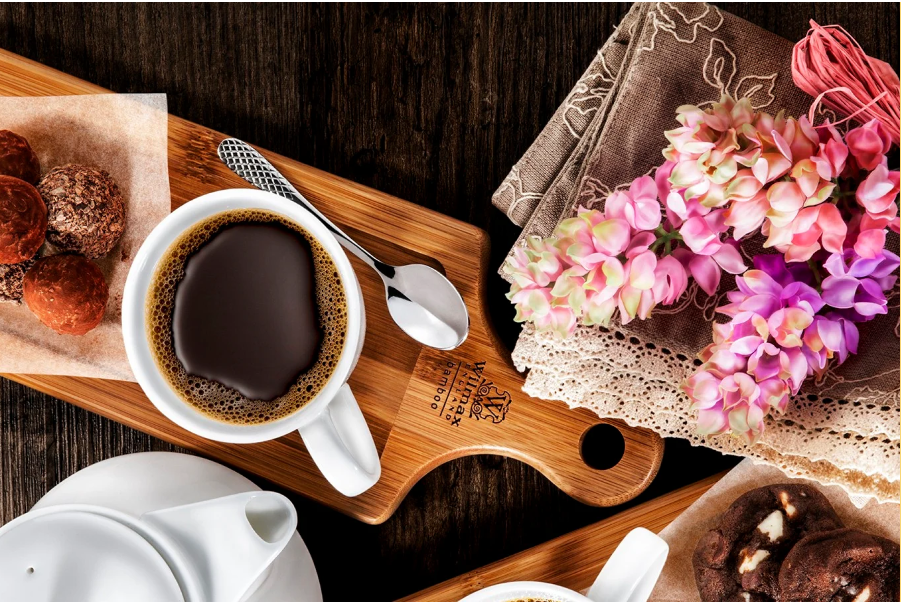Kitchen Alchemy: Using Liquid Nitrogen for Stunning Desserts 🧊✨

Liquid nitrogen (LN₂) has become a hallmark of modernist kitchens and adventurous home cooks alike. With its ultralow temperature (−196 °C or −321 °F), it instantly freezes ingredients, creating dramatic fog effects and uniquely textured desserts. This guide will introduce you to the basics of using liquid nitrogen in your kitchen, from safety precautions and essential equipment to signature recipes and creative techniques.
1. Why Liquid Nitrogen? ❄️
-
Instant freezing: Rapid temperature change creates ultra-smooth ice creams and sorbets with virtually no ice crystals.
-
Dramatic presentation: Billowing vapor clouds add theatrical flair to plating and table‐side service.
-
Textural surprises: Flash‐frozen meringues become shatteringly crisp shells; frozen edible flowers can be crushed into delicate ice dust.
2. Safety First ⚠️
Handling liquid nitrogen requires respect for its extreme cold and potential hazards:
-
Protective gear: Always wear cryogenic gloves, safety goggles, and a long‐sleeve lab coat or apron.
-
Well‐ventilated space: LN₂ rapidly expands into nitrogen gas; ensure proper airflow to avoid oxygen displacement.
-
No sealed containers: Never store LN₂ in an airtight vessel—expanding gas can cause explosions.
-
Avoid direct contact: Skin or eyes touching LN₂ can cause severe frostbite or cold burns.
-
Careful pouring: Pour slowly down the side of your vessel to minimize splashing and vapor release.
3. Essential Equipment & Supplies 🛠️
| Item | Purpose |
|---|---|
| Dewar flask or LN₂ tank | Specialized vacuum‐insulated container |
| Cryogenic gloves & goggles | Protect hands and eyes from extreme cold |
| Stainless‐steel bowl or pot | Rapid freezing; durable against thermal shock |
| Wooden or silicone spatula | Safe tool for stirring frozen mixtures |
| Ice cream churner (optional) | For continuous agitation during freezing |
| Serving bowls or molds | To shape and present frozen creations |
4. Key Techniques 🔬
4.1 Instant Ice Cream
-
Base: Whisk together 250 mL cream, 250 mL milk, 80 g sugar, and a pinch of salt until sugar dissolves. Flavor with vanilla, fruit purée, or cocoa as desired.
-
Freeze: Pour base into a wide stainless‐steel bowl. While stirring continuously with a spatula (or using an ice cream maker), slowly drizzle in liquid nitrogen until the mixture reaches a soft‐serve consistency.
-
Finish: Transfer to an airtight container and freeze briefly to firm up, if desired.
4.2 Frozen Meringue “Crystals”
-
Meringue: Pipe or spoon small dollops of meringue (whisked egg whites and sugar) onto parchment.
-
Flash‐freeze: Using tongs, carefully immerse meringue shapes into liquid nitrogen for just a few seconds until fully rigid.
-
Serve: The frozen meringues shatter into crisp shards that melt on the tongue—perfect as a garnish.
4.3 Chocolate “Smoke” Spheres
-
Melt & mold: Pour tempered chocolate into hemisphere molds and allow to set.
-
Assemble: Fill half‐spheres with a spoonful of pre‐chilled fruit purée or mousse. Seal with a second chocolate half.
-
Freeze & serve: Dip each sphere into liquid nitrogen. Place on the plate and crack open at the table to release aromatic vapor.
5. Signature Recipes 🍨
Lavender-Honey Ice Cream
-
Base: 300 mL cream, 200 mL milk, 100 g honey, 1 Tbsp dried culinary lavender
-
Process: Gently heat milk with lavender to infuse, strain, whisk in cream and honey. Chill, then freeze with LN₂.
Matcha Mist Mousse
-
Mousse: Fold matcha-flavored whipped cream into stabilized gelatin cream.
-
Freeze: Spoon into serving cups, flash‐freeze the tops for a light, matcha‐powder dusted crust.
6. Troubleshooting & Tips 🧪
-
Slushy instead of smooth: Stir more vigorously during freezing to break up ice crystals.
-
Excessive fog: Pour LN₂ slowly along the bowl’s side; avoid dumping large amounts at once.
-
Inconsistent texture: Pre‐chill bowls and ingredients to reduce temperature gradients.
7. Storage & Sustainability 🌍
-
LN₂ life span: In a proper Dewar, liquid nitrogen can last several days, gradually evaporating.
-
Eco‐considerations: Nitrogen gas released is inert and non‐polluting—still, limit waste by planning your freezing steps.
Conclusion 🎉
Liquid nitrogen opens up a world of “alchemy” in the kitchen—transforming common ingredients into ice‐cold marvels with textures and presentations that surprise and delight. With careful attention to safety and technique, you can add a touch of molecular magic to your dessert repertoire. So don your gloves and goggles, summon a swirl of fog, and watch your creations come alive in frost!
Share:





